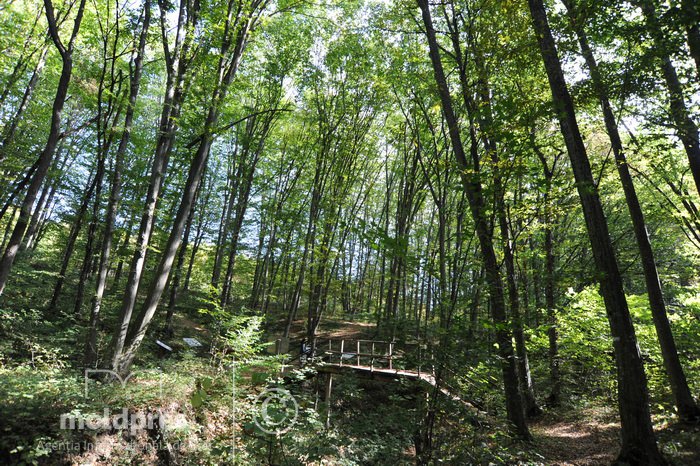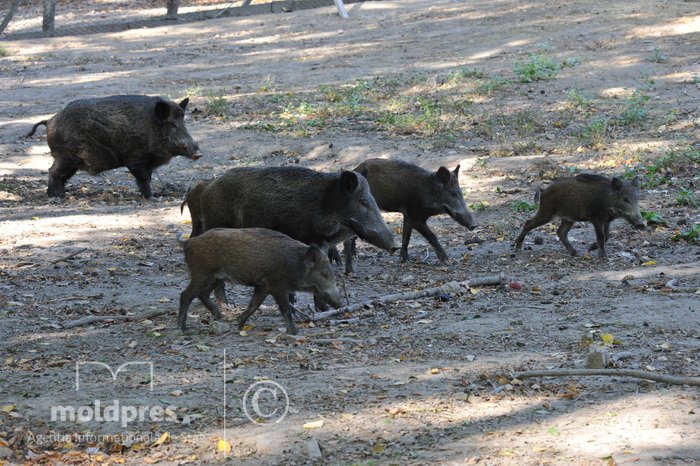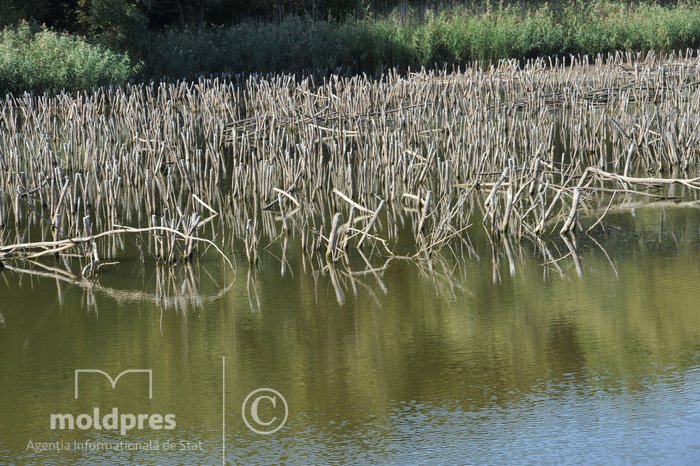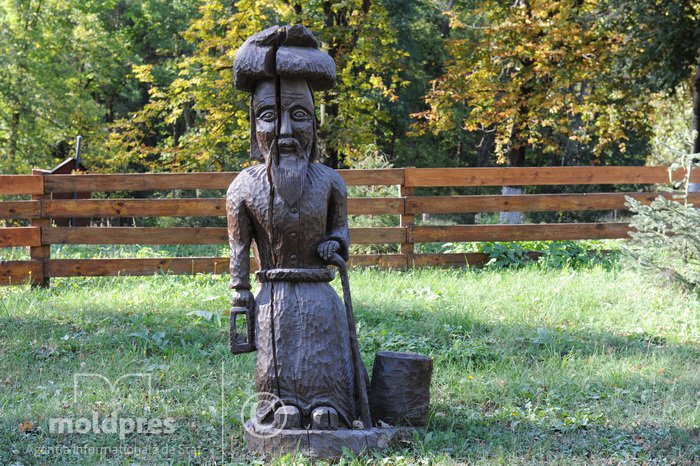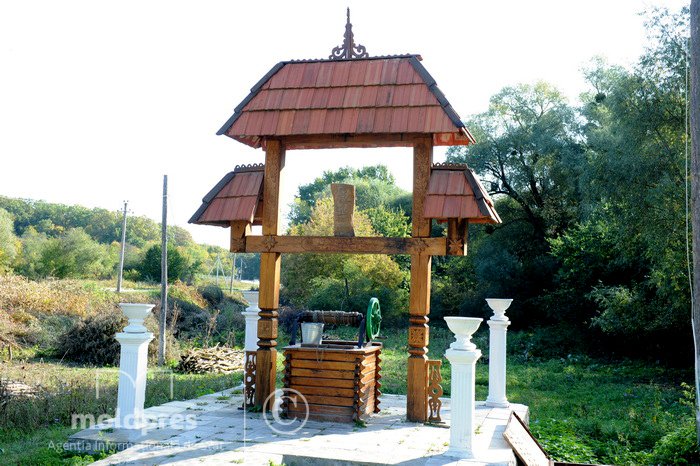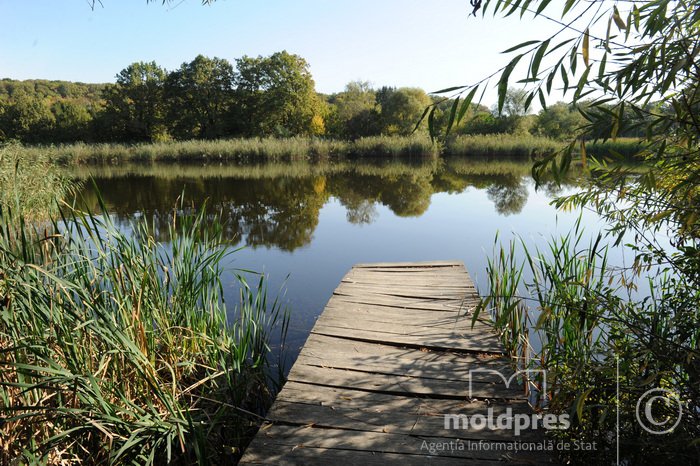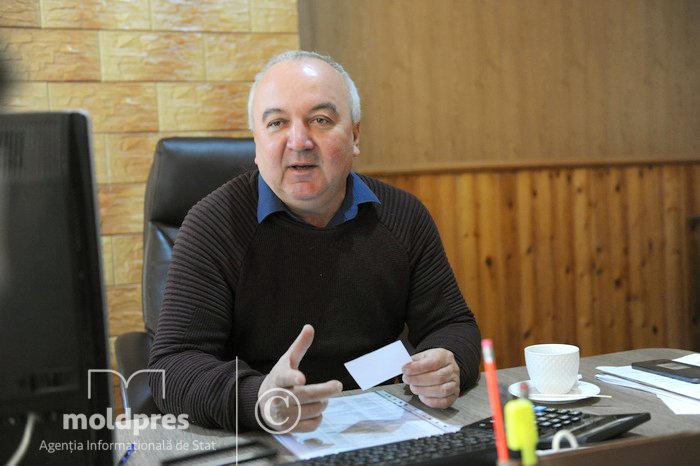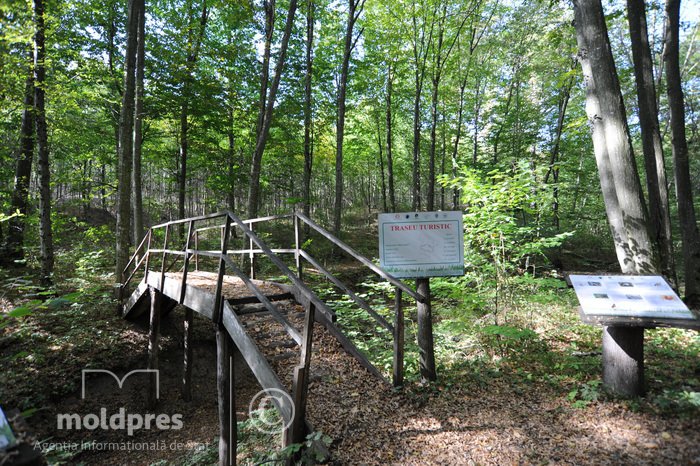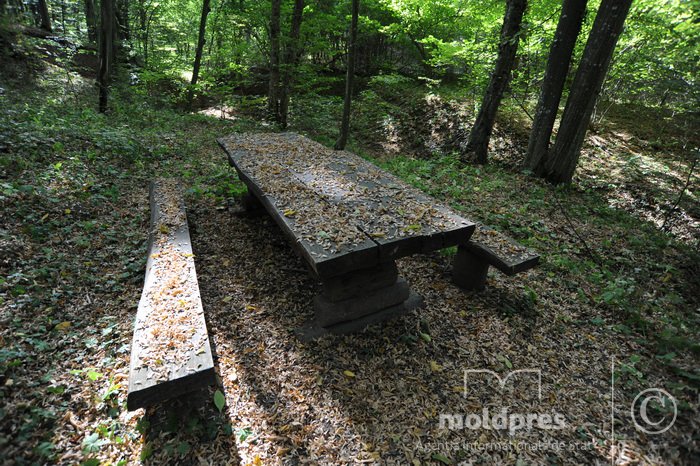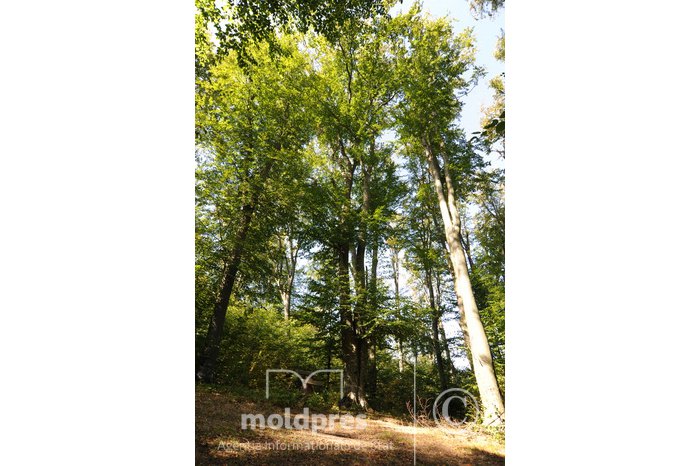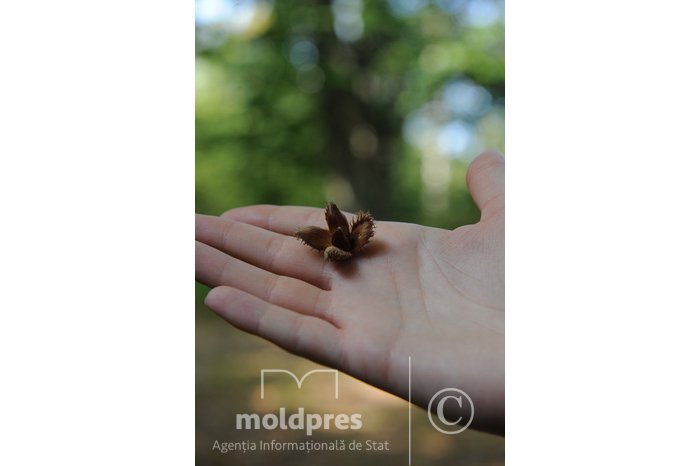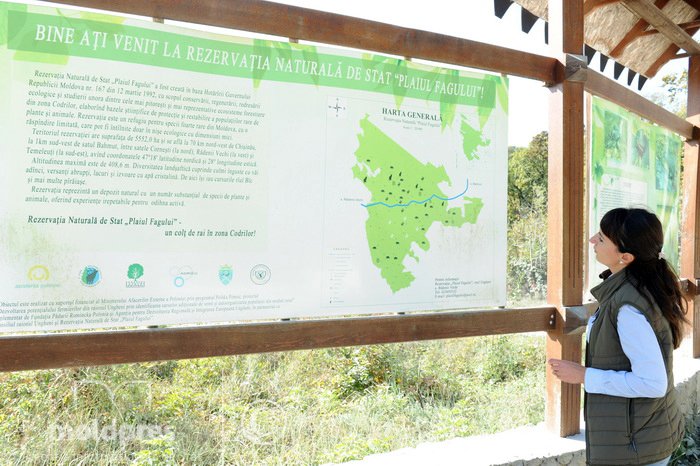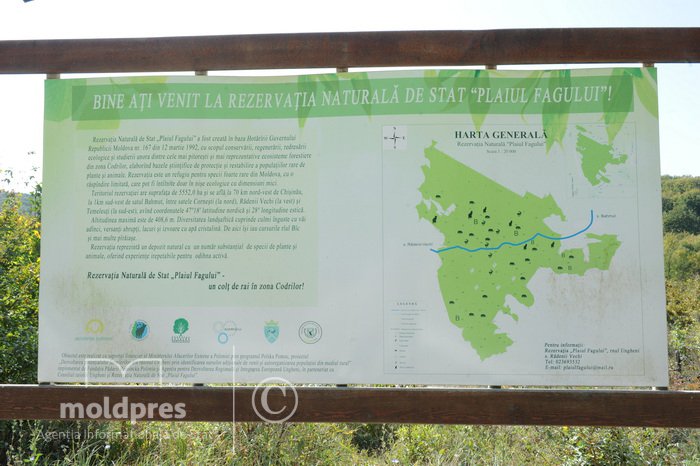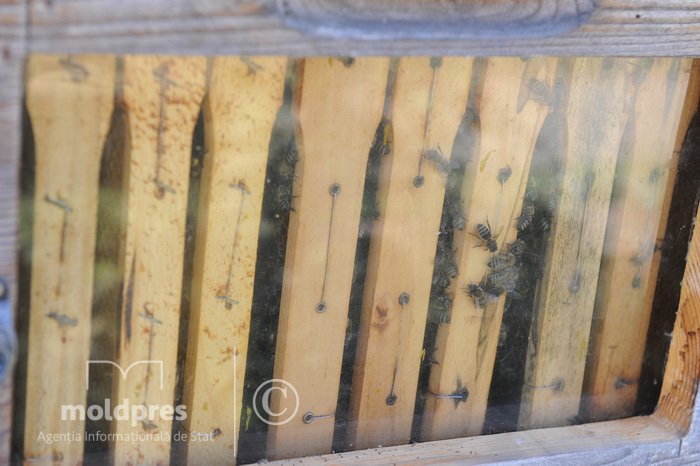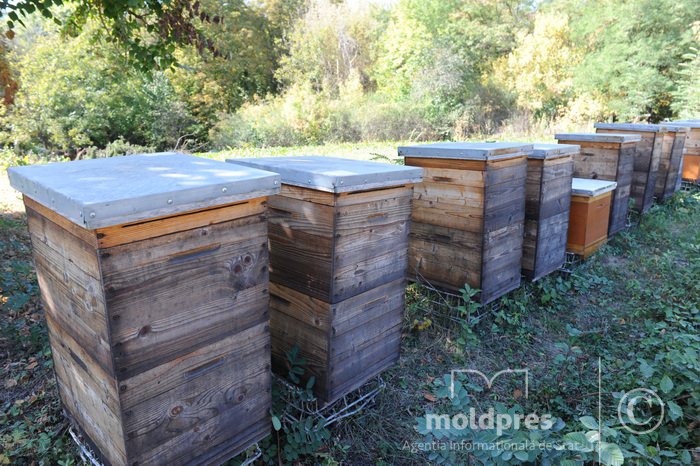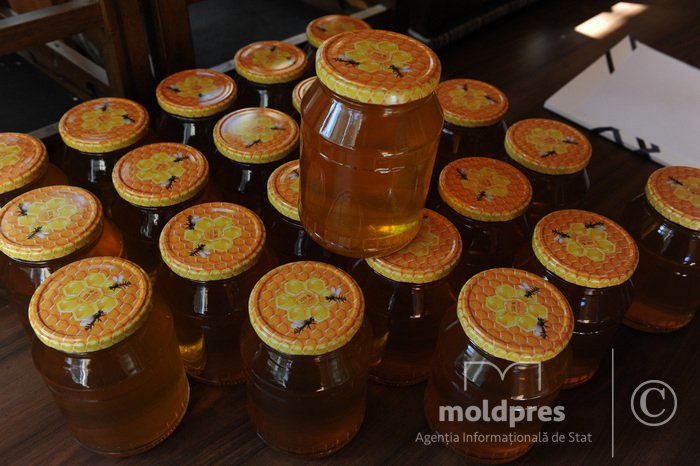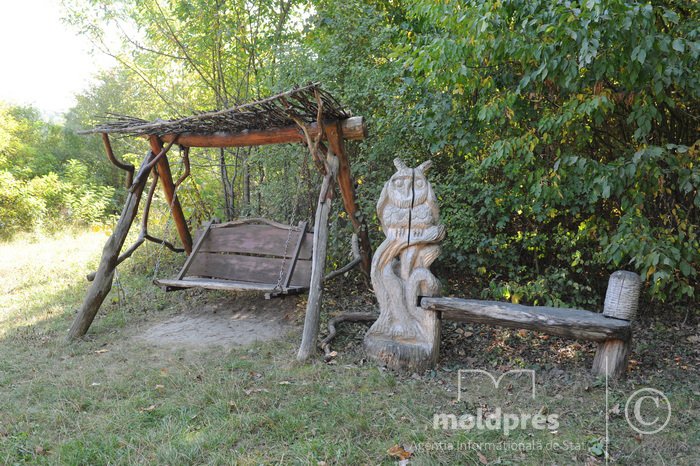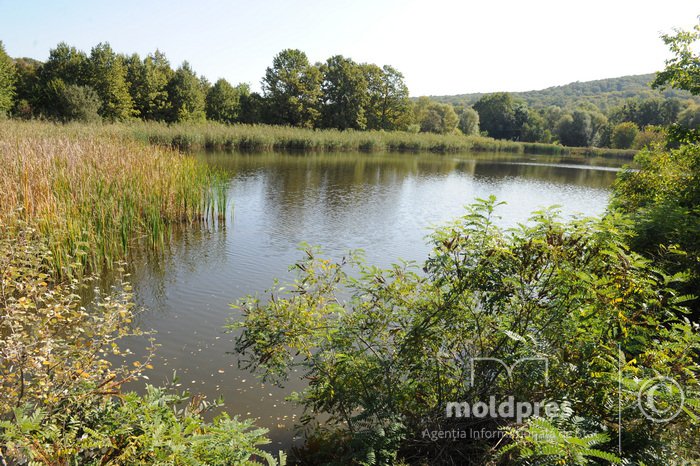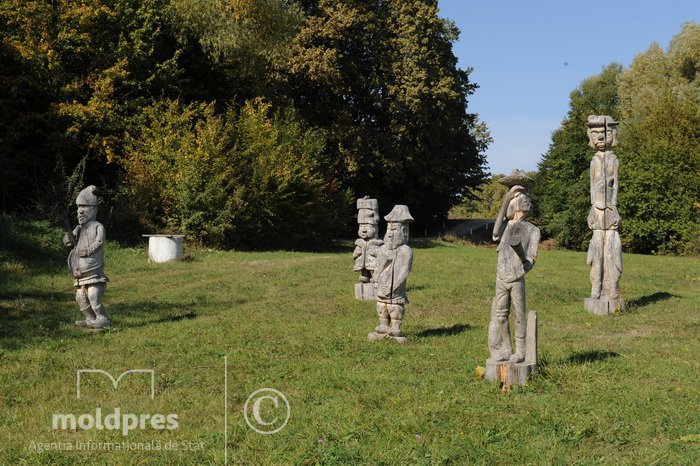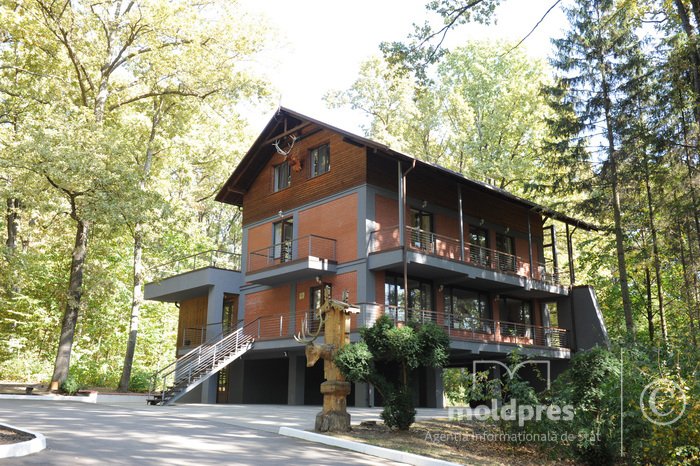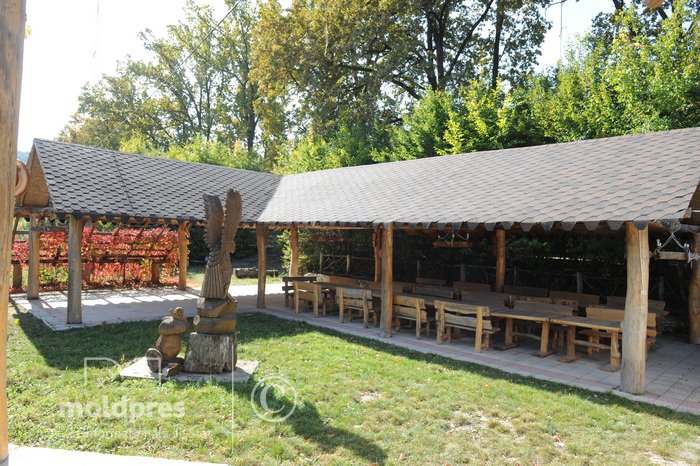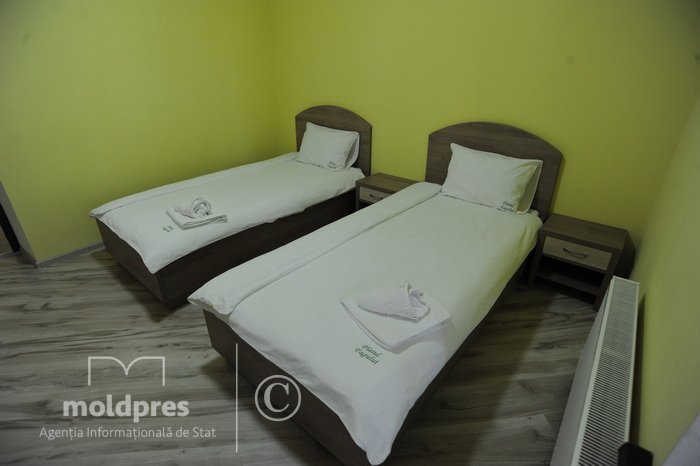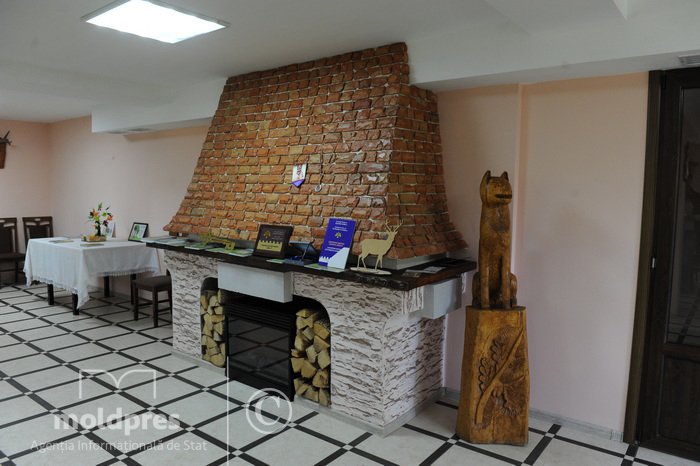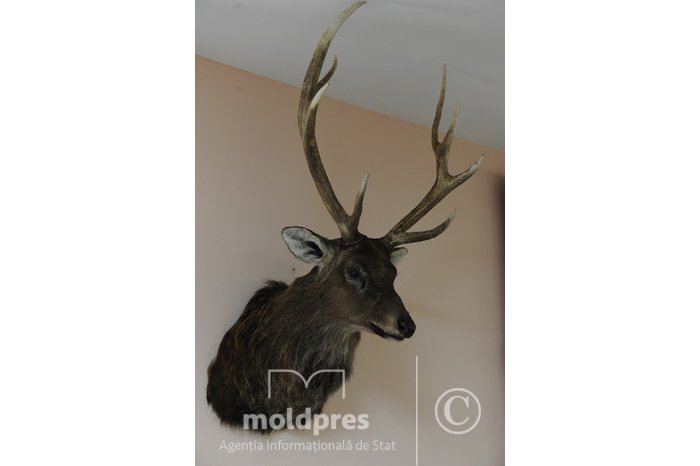Discover Moldova with #MOLDPRES: Nature reserve where beech woods grow, unique in country
17:09 | 23.10.2023 Category: Tourist Moldova
The Moldpres team has recently visited the Beech Region State Nature Reserve – the destination which we propose to discover this week. The guide of the reserve, Elena Fedorenco, provided us more interesting details about the flora and fauna of the concerned zone and presented the tourist route, at the end of which we were able to admire a family of wild boars.
The Beech Region State Nature Reserve was founded in 1992, in order to preserve, regenerate and study one of the most picturesque forest ecosystems from the zone of Forests. The reserve stretches on the territory of the Ungheni, Nisporeni and Calarasi districts, but the entrance is placed in the Radenii Vechi village (Ungheni district).
„Although it is called the Beech Region, only 6 per cent of the reserve’s trees are beeches. This year, we have a rich harvest, quite rarely occurs for us to have so many seeds,’’ Elena Fedorenco said.
Flora and fauna
The Beech Region has an area of 5,642 hectares. The reserve’s fauna is relatively rich. Fifteen species of wild cats live here; one can see here foxes, badgers, martens, squirrels, wild boars, stags and over 130 species of birds. The winter is the season during which one can easier notice the animals, as they are concentrated in the centre of the reserve, where there is additional food.
„Each year, we prepare food for winter: hay is collected from the reserve, about 10 tons of apple sawdust is bought from Orhei Vit enterprise, so that we have food for animals. Woodmen make bowers, which are deposited in certain areas. If the year is more droughty, we purchase maize as well,’’ Elena Fedorenco also said.
The reserve’s vegetation is made up of deciduous woods, resembling the ones of the central-European type. Over 900 species of plants and mushrooms grow here and 27 species are included in the Red Book of Moldova.
„We have 11 species of orchids, which are extinguishing, as well as a species which blossoms once in 3-4 years,’’ Fedorenco noted.
Tourist route
The tourist route begins in a sector with century-old beech trees, which impress through their dimensions (height up to 35 metres, average diameter of over 1 metre and ages of more than 100 years.). The length of the tourist route is of 2.3 km and has six halts. It can be covered in two hours. One will not need special equipment, as the degree of difficulty is low.
The last halt is at a specially arranged fold, where one can see a big family of wild boars. The ‘’head’’ of the family is the one which gives signals to other members, when it feels the risk of a danger. Immediately after a strong grunt, all animals run to shelter.
Within the Polska Pomoc Programme (Poland’s Assistance), the reserve managed to renovate the building of the Information and Ecological Education Centre, to construct a multifunctional terrace with a capacity of 60 places and to implement a line of bottling honey at the bee-keeping centre, where three types of honey are produced: acacia honey, lime-tree honey and poly-flower honey.
„We organize activities with children at the tourist information centre and people interested can stay overnight; we have six chambers for accommodation,’’ Elena Fedorenco added.
All sculptures from the zone are made at the camp of carvers in wood, which takes place just on the territory of the reserve. It is worth mentioning that the Bic river, which crosses also the capital of Moldova, Chisinau, springs here.
